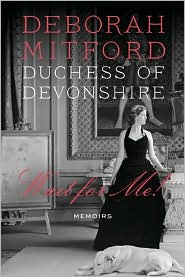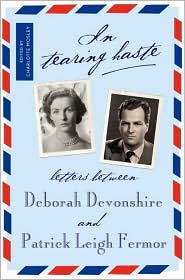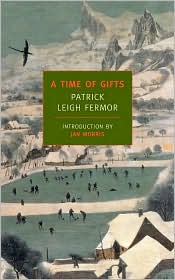If there is a word to explain why the Mitford sisters draw rapt attention 90 years after the last of the six was born, it is “fascinating,” combined with the fact the eldest is still writing—with two books in her name on the shelves within the last few weeks.
In a sentence, they were (and one still is) Nancy and Jessica, who became well-known writers, Deborah who ran one of the most successful stately homes in England, Unity and Diana who were well known during the 1930s for being close to Hitler, and Pamela who was once married to the millionaire scientist Derek Jackson and whom self-described “poet and hack” John Betjeman referred to as “Rural Mitford.” Churchill and Macmillan and dozens of others weave in an out of this group biography, but that is for another day.
Dozens of books by and about the Mitfords are in print and readily available, notably Nancy’s novels set between the wars and during WWII, featuring the most notorious (and outrageous) members of her family, in thin disguise. At least five are freshly minted this year in stylish, uniform editions, starting with Wigs on the Green written in 1934 skewering the devoted followers of British fascism, among them Unity (Eugenia Malmains in the novel) and Diana (General Jack is modeled in the book on her lover and husband, Sir Oswald Mosely, leader of the British Union of Fascists).
Deborah Mitford, Duchess of Devonshire, is the youngest of the famously witty brood. Deborah’s effervescent memoir, Wait for Me!, chronicles her remarkable life, from an eccentric but happy childhood in the Oxfordshire countryside, to tea with Adolf Hitler and her controversially political sister Unity in 1937, to her marriage to the second son of the Duke of Devonshire. Her life would change utterly with his unexpected inheritance of the title and vast estates after the wartime death of his brother, who had married Kick Kennedy, the beloved sister of John F. Kennedy. Her friendship with that family would last through triumph and tragedy. This biography, with its intense warmth and charm, is a unique portrait of an age, and an unprecedented look at the rhythms of life inside one of the great aristocratic families of England. It is irresistible reading, and will join the shelf of Mitford classics to delight readers for years to come.
In the spring of 1956, Deborah invited the writer and war hero Patrick Leigh Fermor to visit Lismore Castle, the Devonshires’ house in Ireland. The halcyon visit sparked a deep friendship and a lifelong exchange of highly entertaining correspondence, much of it now part of In Tearing Haste: Letters Between Deborah Devonshire and Patrick Leigh Fermor. When something caught their interest and they knew the other would be amused, they sent off a letter—there are glimpses of President Kennedy’s inauguration, weekends at Sandringham, filming with Errol Flynn, the wedding of Prince Charles and Camilla Parker-Bowles, and, above all, life at Chatsworth, the great house that Debo spent much of her life restoring, and of Paddy in the house that he and his wife designed and built on the southernmost peninsula of Greece.There rarely have been such contrasting styles: Debo—smart, idiosyncratic, and funny—darts from subject to subject, dashing off letters in her breezy, spontaneous style. Paddy, the polygot and widely read virtuoso, replies in the fluent polished manner that has earned him recognition as one of the finest writers in the English language. The letters are edited, by the way, by journalist Charlotte Mosley, Diana’s daughter-in-law writes.
At the age of 18, Patrick Leigh Fermor set off from the heart of London on an epic journey—to walk to Constantinople. A Time of Gifts is the rich and sparkling account of his adventures as far as Hungary, after which Between the Woods and the Water continues the story to the Iron Gates that divide the Carpathian and Balkan mountains. Acclaimed for its sweep and intelligence, Leigh Fermor’s book explores a remarkable moment in time. Hitler has just come to power but war is still ahead, as he walks through a Europe soon to be forever changed—through the Lowlands to Mitteleuropa, to Teutonic and Slav heartlands, through the baroque remains of the Holy Roman Empire, up the Rhine and down to the Danube.







